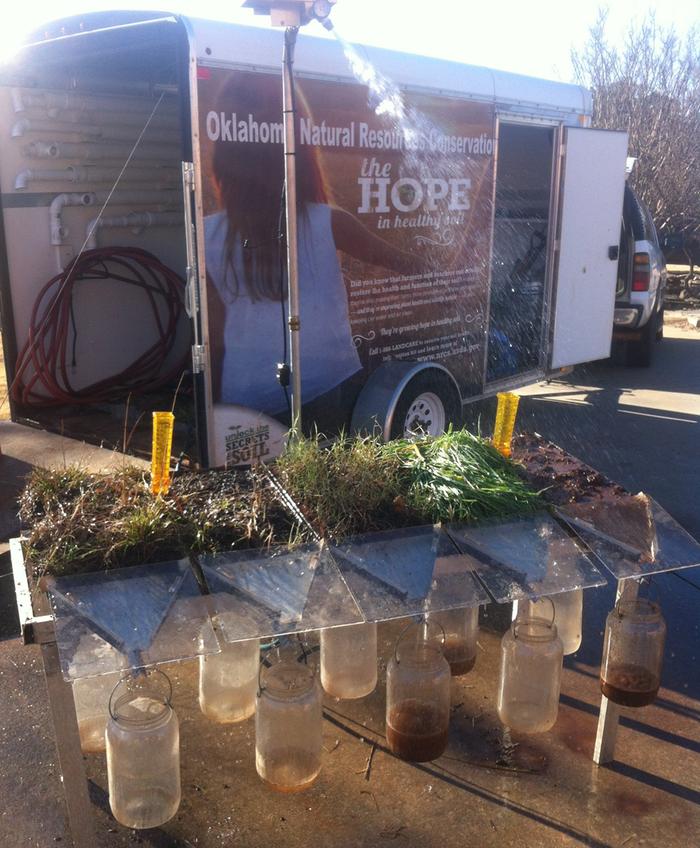
 5
5





Pecan Media: food forestry and forest garden ebooks
Now available: The Native Persimmon (centennial edition)




"Permaculture is a philosophy of working with, rather than against nature; of protracted & thoughtful observation rather than protracted & thoughtless labour; & of looking at plants & animals in all their functions, rather than treating any area as a single-product system."-Bill Mollison
 1
1




Dan Boone wrote:I found that seeing this demo in action was surprisingly powerful. It's all very well to have intellectual knowledge, but sometimes just seeing is hard to beat!





"Never doubt that a small group of thoughtful, committed citizens can change the world; indeed, it's the only thing that ever has."-Margaret Mead "The only thing worse than being blind, is having sight but no vision."-Helen Keller




Roberto pokachinni wrote:I completely agree with you, Mike H. Many people miss the amazing gift that Emilia presented in this video.




Mike Haych wrote:
Geoff's videos are beginning to reflect this, although it does look like he's tilling to shape these beds.
Idle dreamer




Tyler Ludens wrote:
Mike Haych wrote:
Geoff's videos are beginning to reflect this, although it does look like he's tilling to shape these beds.
I think he just did it the one time to shape the beds, just like Emilia did, and then he planted perennials in them.




Zone 5/6
Annual rainfall: 40 inches / 1016 mm
Kansas City area discussion going on here: https://www.facebook.com/groups/1707573296152799/




Scott Strough wrote:YES! I have seen that demonstration online, but not in person.












Jack Edmondson wrote:
Scott Strough wrote:YES! I have seen that demonstration online, but not in person.
Scott,
Any link to the information online you have seen? I would very much like to see this demonstrated.
Ben,
Thank you for posting.
"Permaculture is a philosophy of working with, rather than against nature; of protracted & thoughtful observation rather than protracted & thoughtless labour; & of looking at plants & animals in all their functions, rather than treating any area as a single-product system."-Bill Mollison

|
Eliminate 95% of the weeds in your lawn by mowing 3 inches or higher. Then plant tiny ads:
The new gardening playing cards kickstarter is now live!
https://www.kickstarter.com/projects/paulwheaton/garden-cards
|



